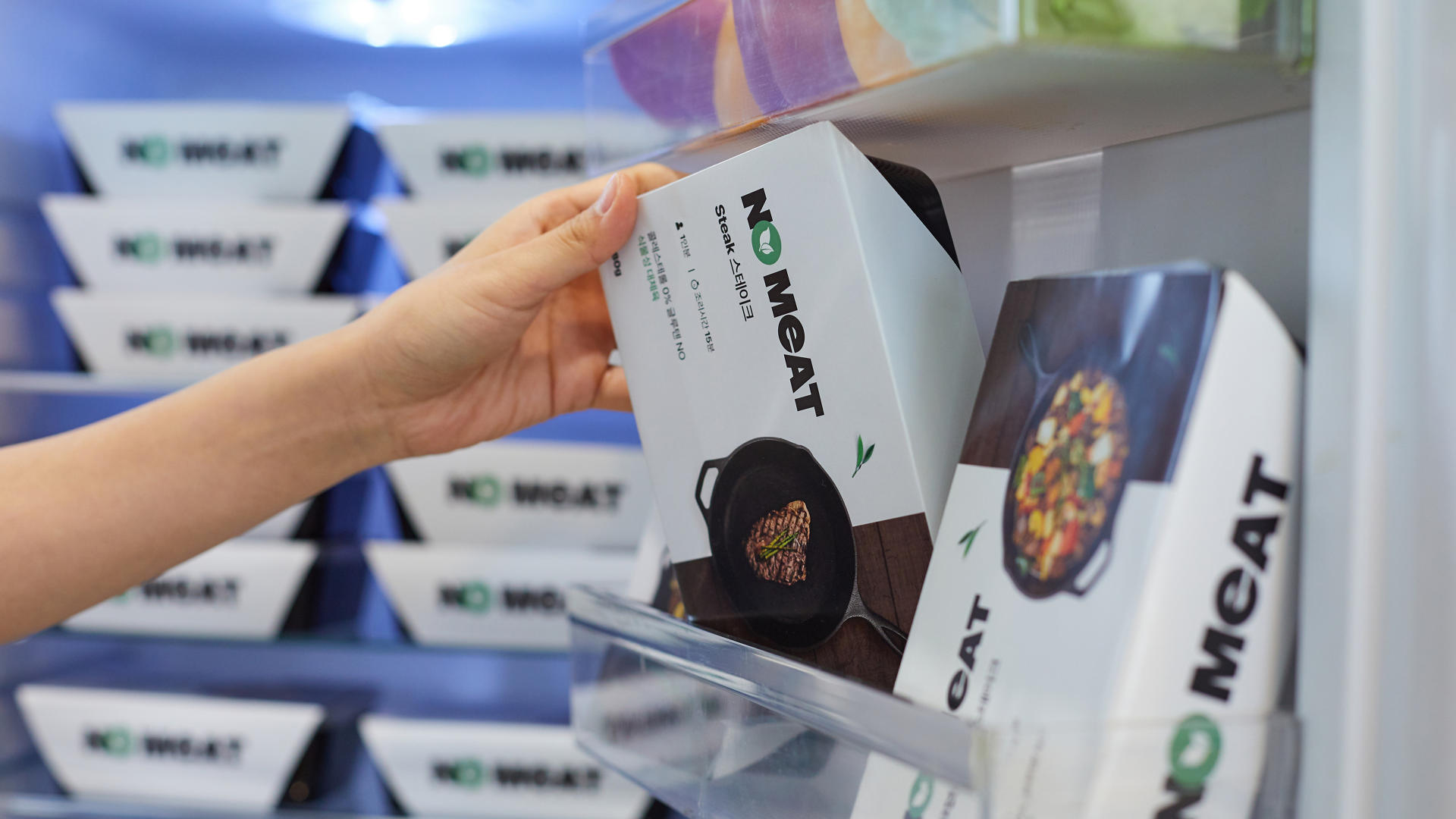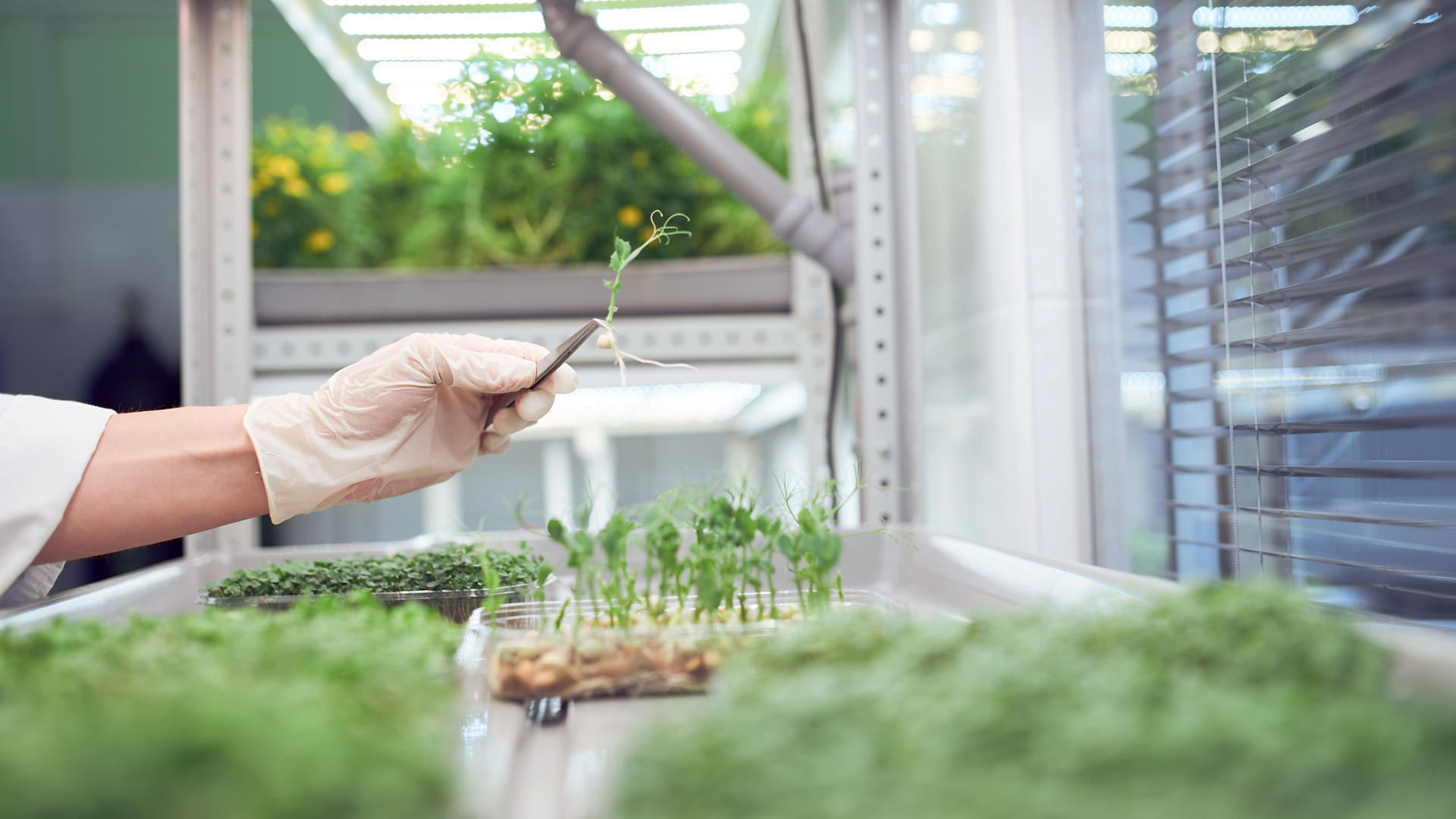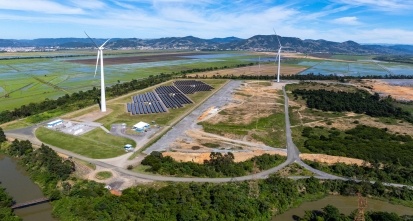Gain new perspectives for faster progress directly to your inbox.

With consumers changing their diets for personal and health reasons, as well as a societal push towards more sustainable food practices, plant-based meats have soared in popularity over the last few years. Innovations in the sector are continuing to increase the quality of meat alternatives and produce more options than ever before, giving rise to a diverse and competitive market.
Since plant-based meat sustainability is one of the biggest drivers for the public’s increased interest in these products, consumers are looking for alternatives that can be used to reduce their meat intake and lower their environmental impact without sacrificing their favorite food experiences. How can manufacturers provide a quality, sustainable product that meets their consumers’ high expectations of taste and texture?
How sustainable are plant-based alternatives?

The negative environmental impacts of the meat farming industry have long been documented and understood. Emissions caused by both livestock and the industry itself account for around 15% of global greenhouse gasses. With these emissions predicted to increase by 9% by 2031, solutions that reduce the demand for meat are more critical than ever before.
Plant-based meat innovations are one such solution. When dealing with carbon emissions alone, they are up to 120 times more carbon efficient than meat products. A recent 2021 study found that plant-based patties have a 77% smaller climate change burden than beef patties, with reduced land and water use, eutrophication, and acidification.
The main criticism levied against plant-based meat sustainability is that meat alternative products may not be as sustainable as a diet of plant-based whole foods. While a valid debate, meat alternatives offer meat-eaters a more achievable behavioral change than switching to a plant-based whole foods diet, giving them an easier transition to a sustainable solution.
Making the switch

Despite widespread concern about the climate crisis and understanding of the environmental impact of animal agriculture, many consumers still find it difficult to cut meat from their diets. Wanting to be more sustainable is often not enough to drive the behavioral change of eating less or no meat. Plant-based meat substitutes offer the perfect avenue to sidestep this conundrum.
By developing plant products that have a similar taste and textural experience to animal products, innovators can offer consumers the chance to enjoy the best of both worlds. Targeting this flexitarian audience is key for manufacturers, as meat substitutes are highly sought after by consumers who don’t want to transition fully to a vegetarian diet. A review from the University of Bath reported that 90% of those eating plant-based meat and dairy still included meat in their diets.
Consumers are buying into the idea that they can increase their sustainability by replacing some of their meat intake with plant-based meat alternatives—but do these products deliver that sustainability? Research has shown that they do. Despite being small and achievable, these changes can have huge impacts on the environment. One study found that replacing as little as 5% of German meat consumption with pea protein could reduce greenhouse emissions by 8 million tons a year.
In this way, manufacturers are forging an authentic path toward a greener future—one that is more accessible for most people. By continuing to innovate and increase the sustainability of their products, manufacturers can keep appealing to their consumers’ environmental goals and continue to encourage more investment in plant-based meat sustainability.
Choosing a plant protein

The choice of plant protein is at the core of developing any new meat substitute product. Protein sources can affect the taste and texture properties of the product, its nutritional value, and its sustainability—all areas where manufacturers need to appeal to their consumers. The considerable growth in consumer demand has led to the expected worth of the plant protein market to be $162 billion by 2030. This vast industry now consists of a range of sources for innovators to choose from, some more established than others, with current and future sources including:
| Already established | Soy Wheat Pea |
| Up-and-coming (Expected to have an established consumer base in 1-3 years) | Corn Rice Chickpea |
| Under development (Expected to have an established consumer base in 3-5 years) | Fungal Canola |
| Future paths (Expected to have an established consumer base in 5+ years) | Algae Cellular alternatives |
Soy, wheat, and pea protein sources have the benefits of low cost, good supply, and high nutritional value, making them the first to become established within the industry. Building on these advantages, the new wave of sources, including corn, rice, chickpea, fungi, and canola, focuses on increased functionality for product development. This will give developers greater control to create products with the taste and textural attributes consumers are seeking.
Taking this one step further, future paths such as algae and cellular alternatives strive to be the most sustainable protein sources yet. While consumer attitudes still need to change surrounding these proteins, they are highly renewable and have an extremely low environmental impact, offering increased plant-based meat sustainability.
The future of plant-based meat sustainability

Plant-based meat alternatives have a considerable role to play in the future of food sustainability. As an easy way for meat-eaters to reduce their animal product consumption without having to change their food behaviors, meat alternatives can encourage a much larger percentage of people to reduce their meat intake with drastic environmental impacts.
This environmental change hinges on companies developing enticing products that mimic the taste, texture, and appearance of meat as closely as possible. As research pushes forward with more sustainable plant protein sources, plant-based meat is likely to continue to increase in popularity. To learn more about sustainable agriculture and new approaches in fertilizers that will help reduce carbon emissions, read our recent article on sustainable agriculture.



